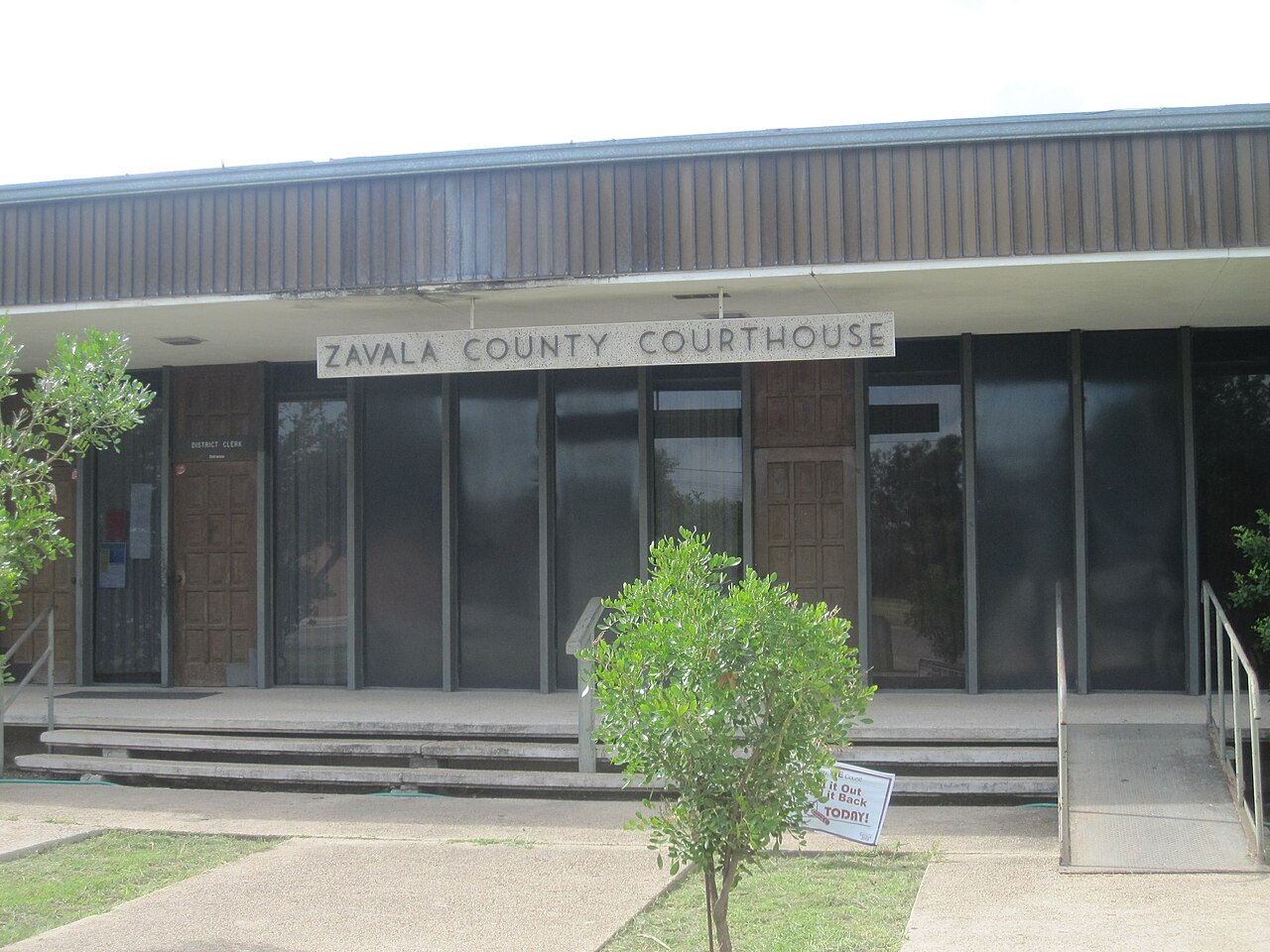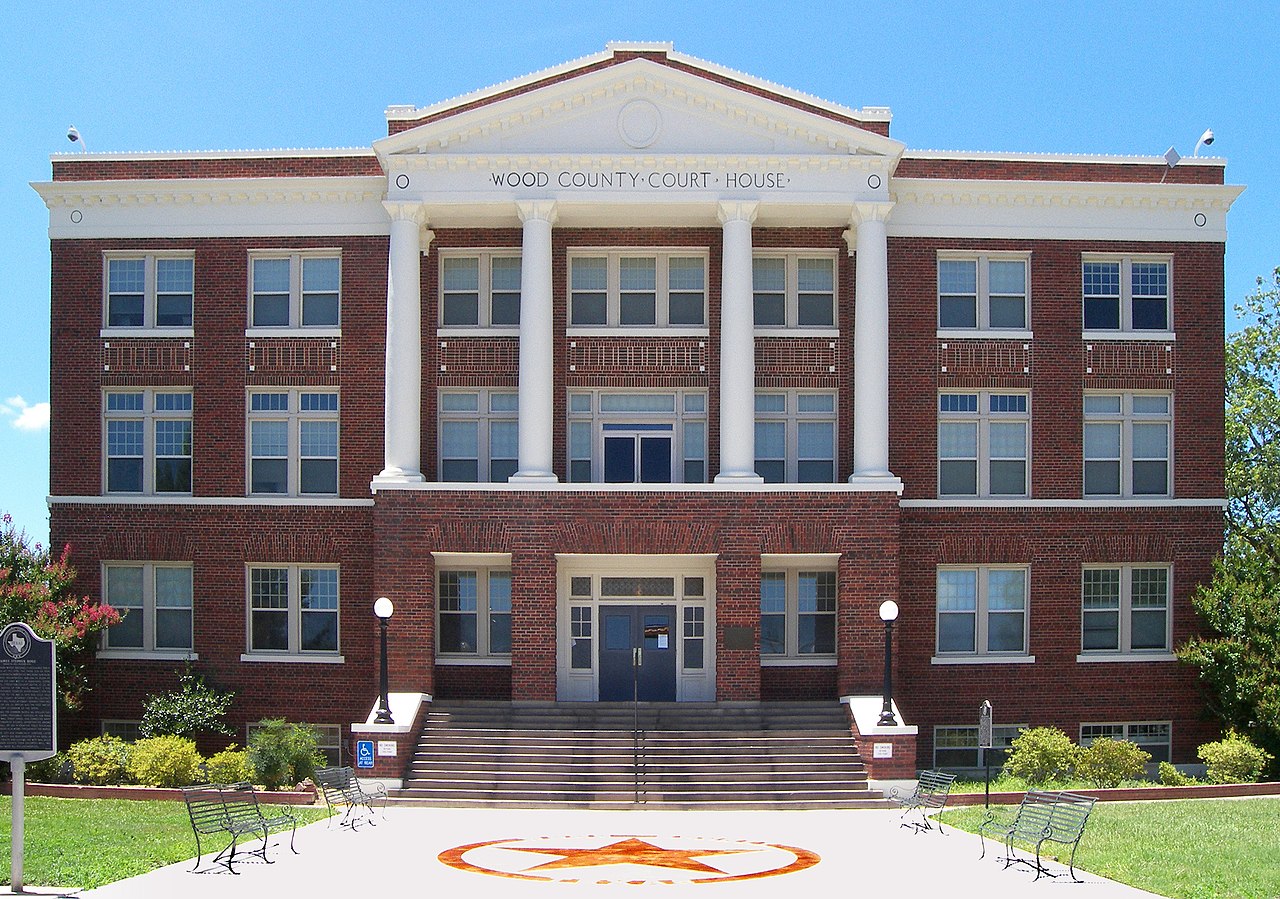Texas Writs of Garnishment to Collect Judgment Liens from Jim Wells County, Texas
At Busby & Associates, we know how frustrating it can be to try to collect a judgment in Jim Wells County, Texas. That’s why our attorneys are skilled in defending, collecting, and enforcing judgments, including garnishing bank accounts and financial institutions. We also provide legal support for consumer bankruptcy, family law, and divorce, and can assist with both collecting and defending against child support liens. Contact us today for a consultation and let us help you collect what you’re owed.
Texas Judgment liens in Jim Wells County
A lien on all nonexempt real property in Jim Wells County can be established by properly fixing a judgment lien. This involves recording and indexing an abstract of judgment, which must be filed in each county where the lien is sought to be established. The lien remains in effect for ten years from the date of recordation and indexing, provided the judgment doesn’t become dormant. Only a final judgment, not an interlocutory one, can be used as the basis for the lien. An abstract can be filed on a final judgment even if the judgment is being appealed or a supersedeas bond has been filed. If the necessary steps have been taken to establish a lien before an appeal is filed, the appeal won’t undermine the effect of those steps in the event of an affirmation. These rules pertain solely to Texas state trial court judgments, and not to foreign judgments enforced in Texas, which must first be domesticated before a lien can be established through an abstract.
Texas Abstract of Judgment
Texas law permits several parties to prepare the abstract of judgment for judgments rendered in most courts, including the judge, justice of the peace, clerk of the court, judgment creditor, his agent, attorney, or assignee. However, if the judgment was rendered in a small claims or justice court, the judgment creditor cannot prepare their own abstract. Abstracts of federal court judgments require the certificate of the clerk of the court. If you need to abstract your judgment lien in Jim Wells County, Texas, you can do so at the County Clerk’s office located at 200 N Almond St # 103, Alice, Texas 78332.
Contents
To be legally recognized, a Texas abstract of judgment should display: the names of the plaintiff and defendant; the defendant’s birthdate, if the clerk of justice has the information; the last three numbers of the defendant’s driver’s license and social security number if available; the suit number in which the judgment was granted; the defendant’s address or the citation nature, and date and location of citation if the address is not provided; the date of the judgment; the total judgment amount and remaining balance; any outstanding child support arrearage; and the interest rate specified in the judgment. Additionally, it must contain the mailing address of each plaintiff or judgment creditor; otherwise, a penalty filing fee will apply. Furthermore, the abstract submitted by the creditor’s lawyer must be verified, and unsworn declarations are unacceptable.
Recordation of Judgment Liens Abstract
To record the abstract of judgment correctly, Jim Wells County is the required location when the debtor has real property there. The Jim Wells County clerk records the abstract in the county’s real property records and records the date and time of entry. Furthermore, the clerk must list the abstract in the alphabetical index to the real property records, listing the names of both the plaintiff and defendant and the page number where the abstract is recorded.
Abstracts of Domesticated Judgment Liens.
Under the Uniform Enforcement of Foreign Judgments Act and the Uniform Foreign-Country Money Judgments Recognition Act, foreign judgments have the same enforceability as judgments filed in the originating court. The foreign judgment holder must meet the lien requirements to domesticate the judgment in Texas.
Property To Which Lien Attaches Non-Exempt Real Property
All nonexempt real property owned by the defendant and registered in Jim Wells County is encumbered by the judgment lien, which is recorded in the county.
Keeping the Judgment and Judgment Lien Alive
1. Non-governmental Judgments
If you wish to maintain a judgment lien, you must keep the judgment active and record a new abstract of judgment within ten years of the original recording and indexing. A judgment lien is valid for ten years, after which it becomes dormant if a writ of execution is not issued within that period. Dormant judgments can be revived through scire facias or an action of debt filed within two years of dormancy.
2. State or State Agency Judgments.
State or state agency judgments remain in effect and do not become dormant, and a properly filed abstract of judgment can create a lien that lasts for 20 years from the filing date. The lien can be extended for another 20 years by filing a renewed abstract of judgment, ensuring its validity for a total of 40 years.
3. Political Subdivisions.
Political subdivisions’ judgments can become dormant under dormancy statutes, but the revival statute, Civ. Prac. & Rem. Code § 31.006, grants political subdivisions the power to revive the judgment at any time. Thus, the political subdivision is not precluded by the statute of limitations and can revive the judgment beyond the two-year dormancy period.
4. Child Support Judgments.
The exception to the dormancy statute for child support judgments is described in § 34.001 Subsection (c) of the Civ. Prac. & Rem. Code and applies to all such judgments, irrespective of their date of rendering or issuance.
Property Subject to and Exempt from Execution.
1. Property Subject to Execution.
The judgment debtor’s property is subject to seizure by the execution if it is not exempted by the constitution, statute, or any other legal rule. The following types of property are generally not exempted: a. Cash on hand or in checking or savings accounts; b. Pleasure boats and their motors and trailers; c. Collections such as stamps, coins, etc.; d. Investments such as stocks, bonds, or notes; e. f. Airplanes. Corporations have no protected property.
2. Property Exempt from Execution.
The following property categories are exempt from execution, whether for a family or an individual: a. The primary residence. b. Personal belongings of various sorts, which are designated by statute, up to a combined fair market value of $100,000 for a family or $50,000 for a single individual who is not a member of a family. c. Current personal service wages (excluding child support) and unpaid personal service commissions, not to exceed 25% of the $50,000/$100,000 combined limits. d. Professionally prescribed health aids. e. Worker’s compensation payments. f. Cemetery plots used for sepulcher. g. Property that the debtor has sold, mortgaged, or conveyed in trust if the purchaser, mortgagee, or trustee identifies other assets of the debtor that are sufficient to satisfy the execution. h. Assets held in trust by a spendthrift trust for the benefit of the debtor. i. Certain types of insurance benefits. j. Certain savings accounts, such as retirement accounts and health savings accounts. k. College savings accounts. l. Specific artwork that has been consigned.
WRITS OF GARNISHMENT.
The post-judgment garnishment is a legal remedy available to a judgment creditor to investigate the relationship between a third party and the judgment debtor for any outstanding debts or property owed. If any debts are found, the creditor (garnishor) can obtain a garnishment judgment, directing the third party (garnishee) to pay funds to the garnishor instead of the debtor.
Requirements to Issue
To utilize garnishment after a judgment, specific requirements must be satisfied. Firstly, the creditor must have a valid and subsisting judgment against the debtor, with the judgment being deemed final and subsisting from the date of rendition. Secondly, the debtor must not have filed an approved supersedeas bond to suspend execution on the judgment. Finally, the creditor must assert that, based on their knowledge, the judgment debtor does not possess enough property in Texas subject to execution to fulfill the judgment.
Procedure for Securing Issuance Jurisdiction and parties
Remember that when filing for post-judgment garnishment, it is a separate legal action from the main case it intends to enforce. The third-party garnishee should be designated as the defendant since it is an ancillary lawsuit. It should be submitted in the same court that rendered the judgment to be collected, but with a different cause number.
Service of the writ of garnishment/notice to judgment debtor.
The writ of garnishment is served on the garnishee to initiate the garnishment action. Although the defendant in judgment is not a necessary party to the action, they must receive a copy of the writ, application, affidavits, and court orders promptly after the garnishee is served. The defendant must receive a copy of the writ that contains its contents in 12-point typeface and is written in a manner that is likely to inform a reasonably attentive person. Failure to provide proper notice to the defendant makes any judgment, except the one that dissolves the writ, null and void.
Banks as Garnishees for Writs of Garnishment
The address designated as the registered agent of the financial institution in its registration statement under Section 201.102 or 201.103 of the Finance Code must be utilized for the delivery of garnishment writs to garnishee banks. Out-of-state financial institutions must file an application for registration with the Secretary of State and comply with the state’s foreign corporation laws, which mandate the appointment of an agent for process under Section 201.102. Conversely, Texas financial institutions may appoint an agent for process by submitting a statement to the Secretary of State under Section 201.103.
Officer’s Return.
Pursuant to Tex. R. Civ. P. 663, the officer who executes a writ of garnishment must provide a return that meets the citation requirements. It is advisable for the judgment creditor to examine the return closely before seeking a garnishment judgment, particularly if it is a default judgment. Returns in garnishment proceedings are subject to the same rules as citations in general. Courts have rejected returns that do not reveal the manner and place of service on a corporate garnishee.
Forms for the form and Practical Procedure
If you come across a bank account or another debt owed by the judgment debtor that can be garnished and it is feasible to pursue it, file an Application for Garnishment with a supporting affidavit that is signed by the judgment creditor’s attorney. The affidavit must contain important information such as the original suit and judgment information, the garnishee’s name, officers for service, service address, and any available account names and numbers.
Need help collecting a judgment in Texas? Busby and Associates offer contingency-based services that only require payment if they recover the amount owed. For judgments from other states with the debtor in Texas, they evaluate each case individually and may require a retainer. In Jim Wells County, they can help you garnish a bank account or financial institution to recover the amount owed.














